As you know I use I.T.E.M. to help organize the information one needs to safely eat a wild plant: Identification, Time of Year, Environment, Method of Preparation. Environment means more than just where it likes to grow. It can also means things such as what does it grow with, or under, or on.
The top picture is a common sight, a woody hedge in suburbia. Not edible. It is moderately slow growing, needing trimming now and then, sometimes once or twice a season. In between the trimmings faster vines can take hold. They also often fill niches the trimming misses. Notice in the picture above the hedge has some cowlicks. They are commonly Smilax tips (edible) Skunk Vine (edible) or Virginia Creeper (toxic.) In this case they are what you see in the picture to the left, wild cucumbers, Melothria pendula. These tasty little cukes like to grow on hedges and fences in town. In the wild they can be found either creeping along the ground or climbing on low shrubs and the like. They will produce now through a winter freeze. Casually looking at hedges can often produce several edibles not only on them but under them as well.
Tongue depressors. You’ll find something that looks like a wooden stick from a Popsicle on the Basswood Tree. It’s not wood but rather one bract of the flower. Blossoms are defined/arranged by their parts, from the outer most parts in, or the inner most parts out. Next out from flower petals are bracts (which can sometimes look just like a petal as they do in the daylilies.) The Basswood has a bract that looks like a tongue depressor or a Popsicle stick. If I remember correctly it is the only native tree in North America to do that so identification when blossoming is easy. (The Tropical Chestnut has odd bracts as well but they look more like several banana peelings than one tongue depressor. I’ll writer more about that next week.) The Basswood is quite edible, most of it at one time or another, from spring fresh leaves to inner bark. They are quite common locally with one in my neighborhood as a lawn tree. We also used to use them to make pipe stems. Basswood, also called the Linden Tree, often can be found near water. You can read more about the Basswood here.
There quite a few species which at a quick glance from afar can look alike. Pellitory and Chickweed are two. The lichens Usnea and Ramalina two more. A couple of common plants that can look similar even at a close glance is Black Medic and Hop Clover (Medicago lupulina and Trifolium campestre.) Every season I have to remind myself which is which. Most often locally it is Black Medic. I am fond of saying there are no “look alikes” if you look closely enough. Black Medic and Hop Clover put that to the test. Hop Clover also looks like other clovers as well. It can be difficult to sort out.
We have a lot of good plant people on the Green Deane Forum and one of them, Josey, has contributed much to list the differences between the two species. In this regard I will admit to being dense. It took me a long time to get confident with these identifications. When the plants are in blossom a close look at the blossom is one clue. Hop clover’s petals come out from the center, widen, then bend down at the outer end. Black Medic’s blossoms open and fold up. They are also of a slightly different color: Gold yellow for the Hop Clover, lemon yellow for the Black Medic. The latter is also more furry. When both species have gone to seed quickest way to tell them apart is Black Medic’s seeds are black, Hop Clover’s brown.
To complicate issues there is also T. dubium, aka the Suckling Clover or the Lesser Trefoil. It looks similar to Hop Clover but has less petals and smaller blossoms. Its stems have a reddish tint. None of these species are on the top of the edible list but every little bit counts. Black Medic has also been called a Native American food which begs the definition some. Black Medic is from southern Europe or Eurasia. It came with the Europeans to North America. The first written reference to it in the New World is in 1807. There’s no ethnobotanical evidence the Europeans ate the seeds or any that the Native American’s ate the leaves.
Upcoming Foraging Classes: Sunday, March 30th, Mead Garden, 1500 S. Denning Dr., Winter Park, FL 32789, 9 a.m.
Saturday, April 5th, Lake Woodruff National Wildlife Refuge, 2045 Mud Lake Road, DeLeon Springs, FL 9 a.m.
What Do You See 08 (below) should be easy this week. There are at least two edibles in the picture.
Below is What Do You See 07 from last week and its answers.
WDYS07: There are many weeds in this picture and much duplication… Mother Nature rolls all the dice she can. Number One is the Common Sow Thistle, which is a Sonchus. Two is a Sonchus as well. It could be the common one but looks more like it could be the Spiny Sow Thistle. It’s color is darker and a closer look at the leaves would sort which it is as the Spiny has soft spines. Three is the common Dandelion, not a common sight here in Florida. Four is Oxalis stricta, or Sour Grass though it is not a grass. It is our native oxalis. Five is Poor Man’s Pepper Grass though Mycol Stevens thinks it should be called Rich Man’s Pepper Grass. Six is Spanish Needles, or Bidens alba, quite young here. You have to be careful in that some other plants when young can look like young Bidens. Look for older plants or last season’s plants. Seven is Dollar Weed also called Pennyworts. Eight is NOT edible. It’s cudweed, or a Pseudognaphalium. P. purpureum leaves were smoked for tobacco and was used to treat colds, lung pain, mumps, upset stomachs, nervousness and insomnia.
https://www.eattheweeds.com/sonchus-sow-thistle-in-a-pigs-eye-2/
https://www.eattheweeds.com/dandelions-hear-them-roar/
https://www.eattheweeds.com/oxalis-how-to-drown-your-sorrels/
https://www.eattheweeds.com/peppergrass-potent-pipsqueak/
https://www.eattheweeds.com/spanish-needles-pitchfork-weed/
https://www.eattheweeds.com/a-pennywort-for-your-thoughts-2/
Last week it was Brimingham now it is Brevard. The Brevard County Extension office is having a plant sale on Saturday, April 12. It’s a fundraiser for the Brevard Botanical Garden, 3695 Lake Drive, Cocoa, Florida. The annual spring plant sale features hard-to-find plants for your garden all grown by Brevard Master Gardeners. Garden crafts will also be available. The Brevard Botanical Garden was formed in May 2010 by garden enthusiasts, the University of Florida/IFAS Extension Agents, and environmentally concerned citizens who want to improve the quality of life in Brevard County by opening a research-based botanical garden for demonstrations, collections, and displays.
Though your foraging may drop off during the winter it’s a great time to study wild edibles with my nine DVD set. Each DVD has 15 videos for 135 in all. They make a great gift. Order today. Some of these videos are of better quality than my free ones on the Internet. They are the same videos but many people like to have their own copy. I burn and compile the sets myself so if you have any issues I handle them personally. There are no middle foragers. And I’m working on adding a tenth DVD. To learn more about the DVDs or to order them click here.
To donate to the Green Deane Newsletter click here.

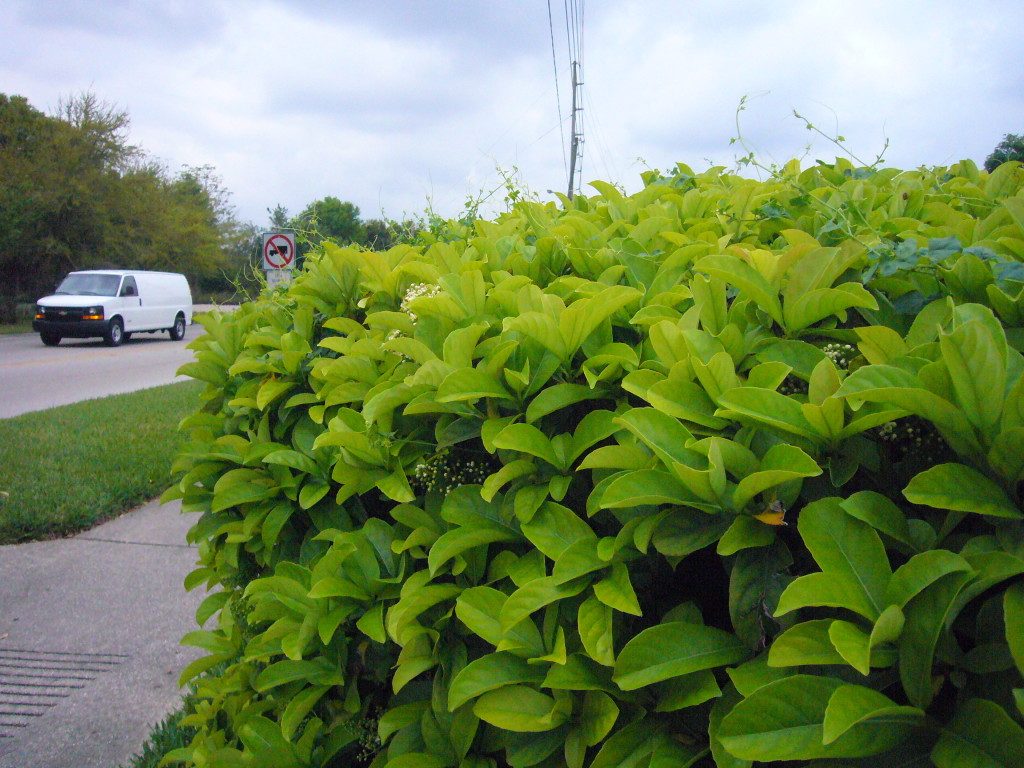
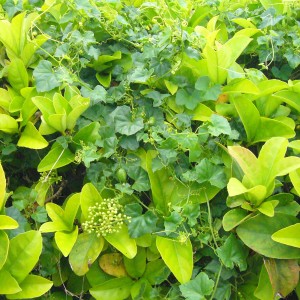
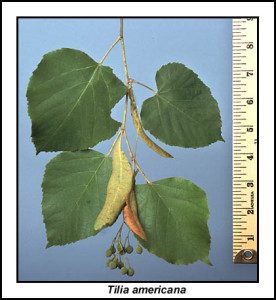
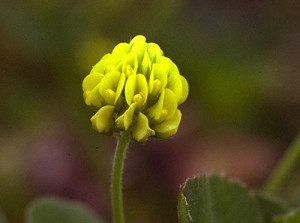
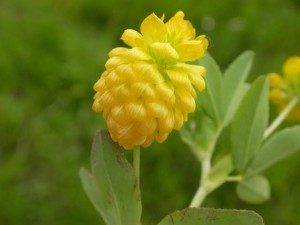
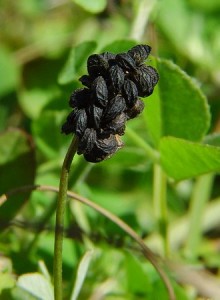
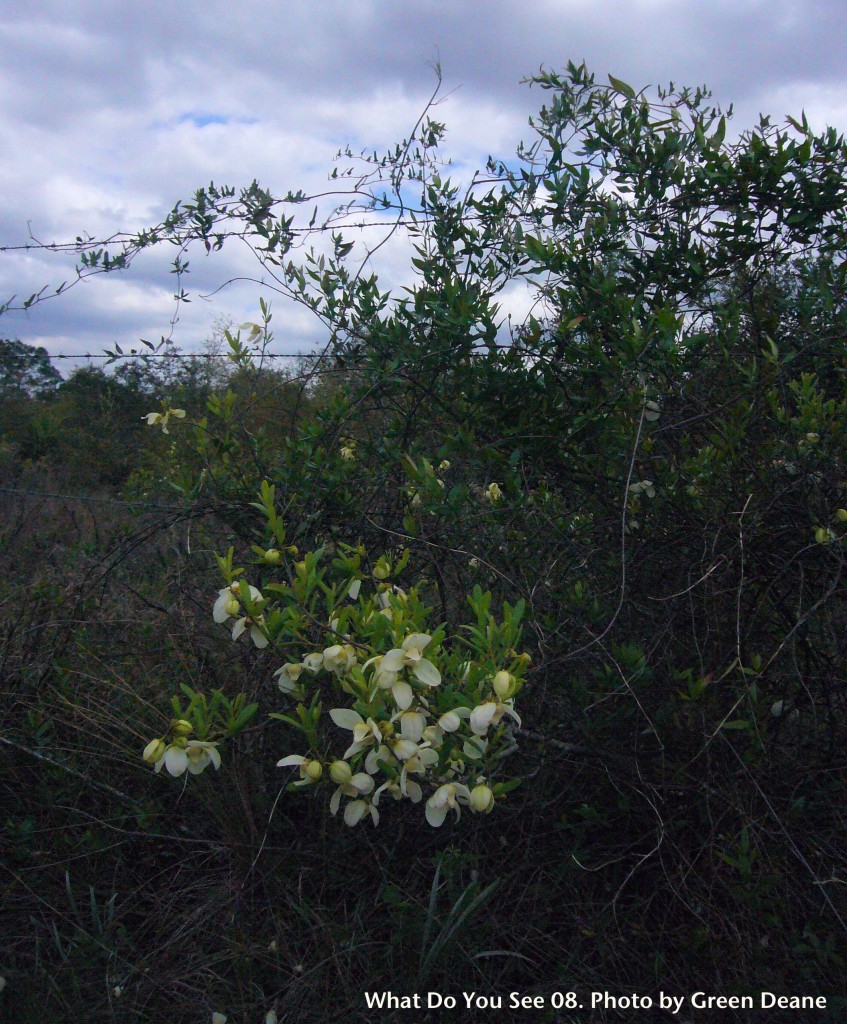
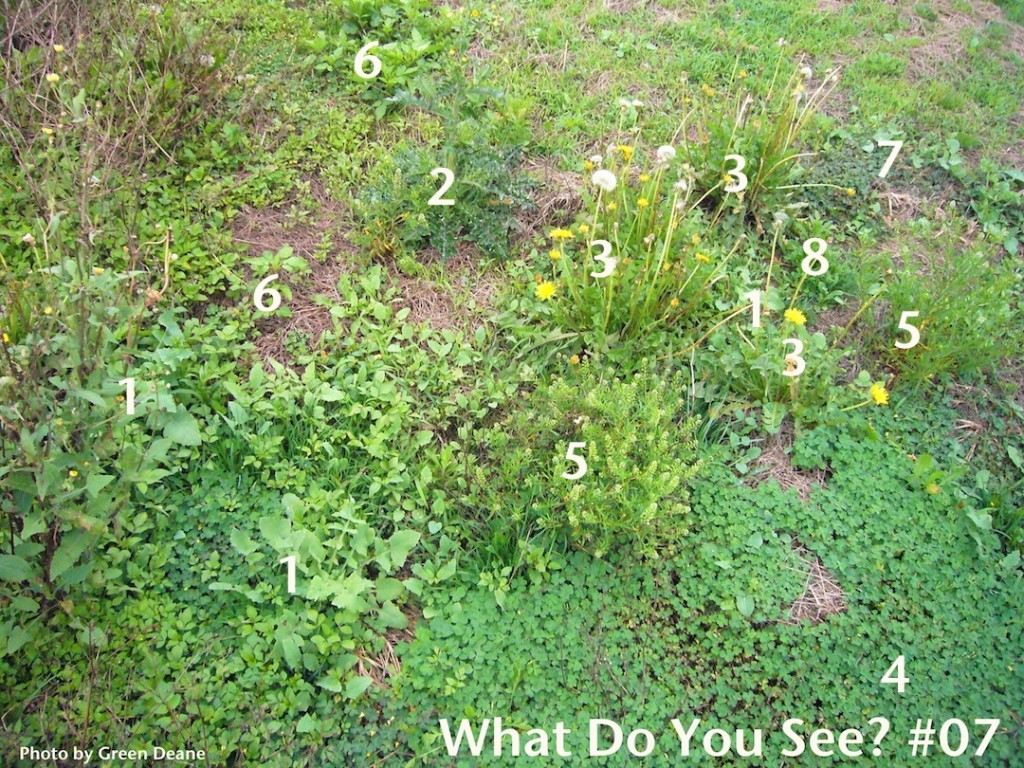
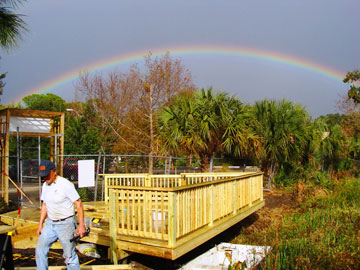
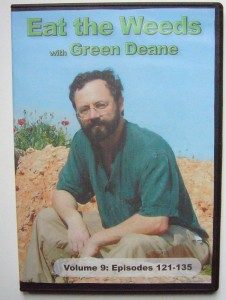

OK, I’m fascinated with your “What Do You See 08 – This is what you should be seeing from the road right now” photo.
I’ve been lucky enough to travel to Florida once in my life – to St. Augustine via Georgia’s Okefenokee Swamp – but never saw anything like that little beauty.
Looking forward to finding out more. I “think” I know what it is, but will wait, albeit somewhat impatiently!
Rachel
You can wait a week or go to the Green Deane Forum to the What Do You See Board.
the immediately visible-Asimina triloba? (a pawpaw, Anonnaceae or deeringthamno…?)
Vine (Smilax?) root
Love the WDYS…but it would be additionally helpful, if you could post a close up of the particular plant as numbered. The big view and the small view. THANKS YOUR WEBSITE IS VERY EDUCATION.
I’m now looking at the “Wild Cucumber – Melothria pendula” in my back garden, fruiting and with many blossoms. Locally we call this creeper and climber plant before me, “Handhal” which is also called “Filter Cucumber or Colocynth”. However, on looking carefully and comparing the flower with the image in your article: “Creeping Cucumber Melothria Pendula”, though it is five petalled, about notching I can’t tell. Being of extremely bitter taste my people avoid eating it at all stages of ripening despite the various medicinal uses. I remember in a previous comment I’ve mentioned the well edible locally named “Tibish” which belongs to the same genus. About the intensive bitterness of “Handhal” our famous brave (titled as Knight) poet Anter ibn Shuddad – sixth century A.C. – has likened the state of people living in dishonour and with no dignity to the taste of “Handhal”. “Thou not serve me the goblet of life in dishonour and indignation; better serve me the goblet of “Handhal” in honour and dignity…Life under dishonour and indignation is hell; surely, hell with honour and dignity is the best place to dwell.
Perhaps you are confusing the Wild Cucumber with the Bitter Gourd, Melothria pendula with Momordica charnatia.
I’m glad you have that white flowered plant this week-I did not know what it was and have seen it along the road in the Ocala Nat Forest and last Sat. in The Disney Preserve –
http://floridacreate.blogspot.com/2014/03/the-disney-wilderness-preserve.html
When I read about it on your forum I was suprised! I am familiar with Asimina triloba in the woods where we live-but was not aware of all the varieties! Thanks!
http://floridacreate.blogspot.com/2013/03/edible-wild-plants-and-other-musings.html
http://floridacreate.blogspot.com/2012/05/garden-treasures-of-may.html